Office 2010 has a new type of ribbon, the backstage view. This has been implemented in MFC using Codejock Xtreme Toolkit Pro V15.0.1.
The thing is that I feel that the File>Open and File>SaveAs act very strange in Office. They open a modal file open dialog instead of opening an embedded file open dialog in the backstage, which would (IMHO) feel much more natural.
I cannot find a way of doing this in C++ using MFC or Win32. The only thing I found was this question, but that was for Delphi.
So, is it possible to embed the standard Windows File Open dialog as a control in another dialog? Or do I need to implement the entire thing myself?
